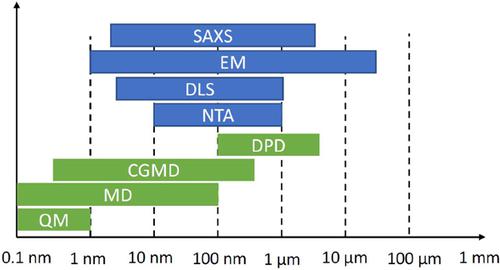Current Topics in Medicinal Chemistry ( IF 3.4 ) Pub Date : 2020-12-31 , DOI: 10.2174/1568026620666201126162945 Chun Chan 1 , Shi Du 2 , Yizhou Dong 2 , Xiaolin Cheng 1

|
Lipid nanoparticles (LNPs) have been widely applied in drug and gene delivery. More than twenty years ago, DoxilTM was the first LNPs-based drug approved by the US Food and Drug Administration (FDA). Since then, with decades of research and development, more and more LNP-based therapeutics have been used to treat diverse diseases, which often offer the benefits of reduced toxicity and/or enhanced efficacy compared to the active ingredients alone. Here, we provide a review of recent advances in the development of efficient and robust LNPs for drug/gene delivery. We emphasize the importance of rationally combining experimental and computational approaches, especially those providing multiscale structural and functional information of LNPs, to the design of novel and powerful LNP-based delivery systems.
中文翻译:

研究脂质纳米颗粒作为药物和基因递送系统的计算和实验方法
脂质纳米粒子(LNP)已广泛应用于药物和基因递送。二十多年前,Doxil TM是美国食品和药物管理局(FDA)批准的第一个基于LNPs的药物。此后,经过数十年的研究和开发,越来越多的基于 LNP 的疗法被用于治疗多种疾病,与单独的活性成分相比,这些疗法通常具有降低毒性和/或增强疗效的优点。在这里,我们回顾了用于药物/基因递送的高效且强大的 LNP 开发的最新进展。我们强调合理结合实验和计算方法的重要性,特别是那些提供 LNP 多尺度结构和功能信息的方法,对于设计新颖且强大的基于 LNP 的递送系统的重要性。


























 京公网安备 11010802027423号
京公网安备 11010802027423号